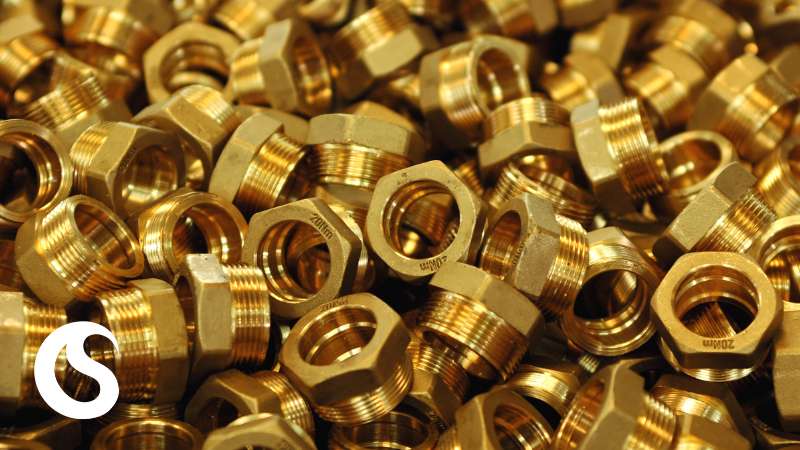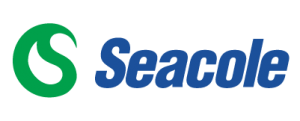
Finding the right descaler or etchant for your substrate can be difficult without the help of an experienced technical team like Seacole’s. When you work with Seacole, we partner with you to find the most effective product which will properly prepare your substrate without damaging it. Here is what you can expect from our expert team when you partner with us.
How We Determine the Right Descaler or Etchant for Your Substrate
The Seacole team has decades of experience working with customers to find the most effective descaler or etchant. We’ve built partnerships with the most-trusted suppliers in the industry to ensure we can provide you with the right product. We take the time to learn about your end application, test our recommended solution, and help start up the process once the product is in use. We start with the following questions:
What substrates are involved in your descaling or etching process?
Our descalers and etchants are formulated for use with specific substrates. For example, we may recommend Dynaprep DS #1, an alkaline descaler, for ferrous substrates. For nonferrous material, we may recommend an acid descaler such as Dynaprep AS #5. We even carry a product specifically used for aluminum, which can be tricky to etch evenly without the right product.
What are your tanks, racks, and barrels made of?
Just as important as the substrate you are activating is the material of your processing equipment. We do not want to recommend a product that is safe and effective for your substrate but would harm your tanks, racks, or barrels. Since we carry several alternatives for each specific application, we will likely be able to find a product that is effective and safe for all materials.
How are your process tanks ventilated?
Understanding your ventilation system will help us ensure we find a descaler or etchant that is safe for the type of ventilation used while also being conscious of the health and safety of your employees and the environment.
Are elevated temperatures accessible in your process?
Some descalers and etchants are effective at elevated temperatures, while others are not. Knowing whether or not heat is available in your process will help us find a product that will perform well at the appropriate temperature.
What is your waste treatment process for depleted baths and rinse water?
Seacole is committed to responsible distribution, which means we take extra care to learn how our products will be treated once they are used in your finishing process. That’s why we investigate how to utilize your waste water from depleted baths and rinse water.
How We Go the Extra Mile
The Seacole team goes the extra mile to make sure the solutions we recommend will be the most effective way of activating the substrates involved. Recently, a Seacole customer called our technical team because they were having difficulty descaling their brass and copper substrates. After running through the questions above to learn more about their process, we were able to find a product that worked well for them.
We asked the customer to provide a sample of their product that we could test in our lab before we made our final recommendation. We had success with our test, so we moved forward with making up a tank in their process line. We closely monitored the chemistry in their process through application and waste treatment steps. The customer and our team were happy with the final results. We were grateful that they trusted us with their processing challenge. With Seacole’s descaling and activating solutions, you can keep your finishing process running optimally and avoid potential costly mistakes. Our technical sales team is here to help you find the best solution for your process. Contact the finishing experts at Seacole today.


